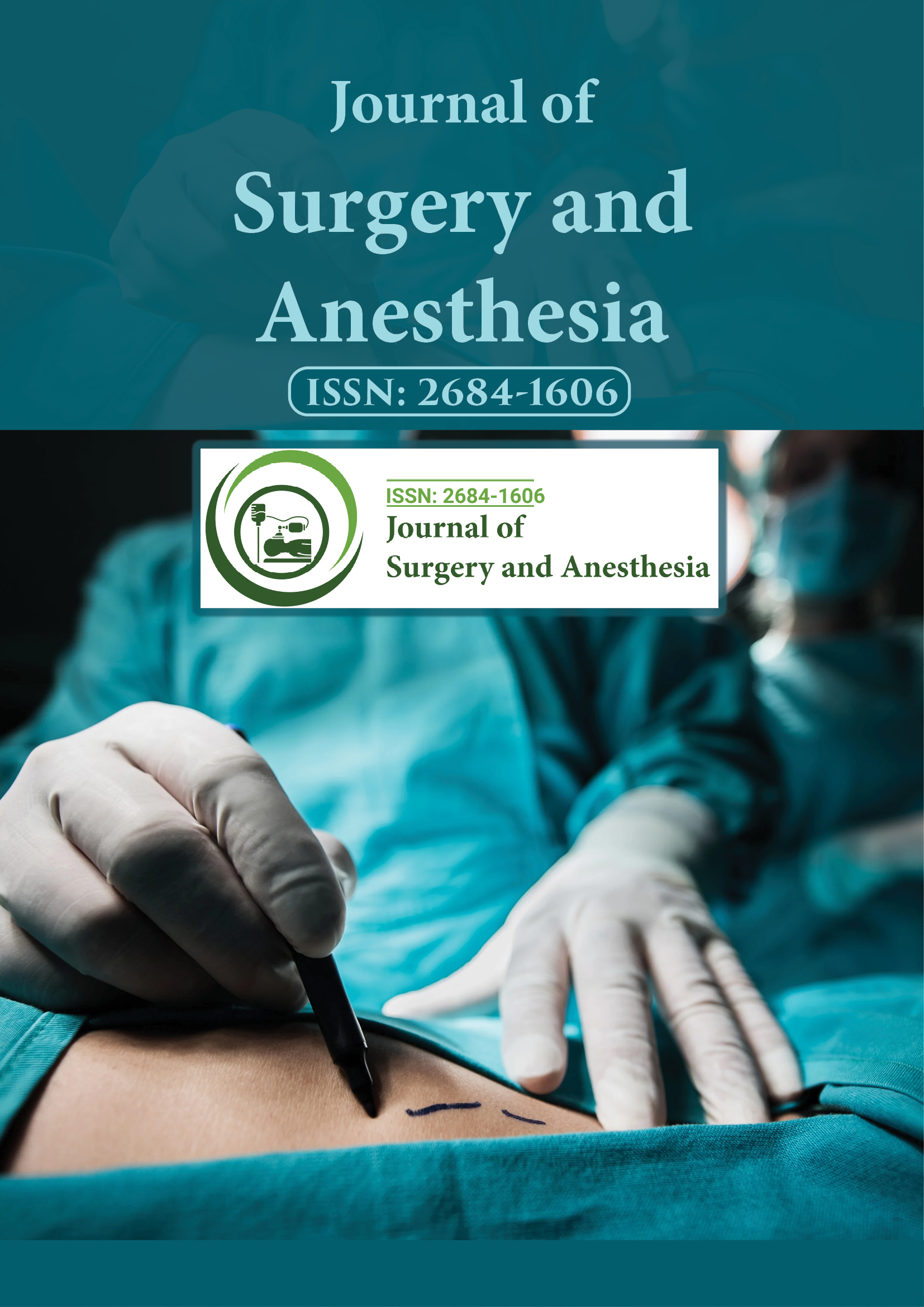Indexed In
- Google Scholar
Useful Links
Share This Page
Journal Flyer

Open Access Journals
- Agri and Aquaculture
- Biochemistry
- Bioinformatics & Systems Biology
- Business & Management
- Chemistry
- Clinical Sciences
- Engineering
- Food & Nutrition
- General Science
- Genetics & Molecular Biology
- Immunology & Microbiology
- Medical Sciences
- Neuroscience & Psychology
- Nursing & Health Care
- Pharmaceutical Sciences
Anaesthetic Challenges for Palliative Partial Hepatectomy from Neuroendocrine Tumors; A Case Report and Review of Current Anesthetic Strategies
International Conference on Surgery and Anesthesia
November 16-17, 2023 | Paris, France
Tagert Smith
Department of Anesthesia, Vassar Brothers Medical Center, Poughkeepsie, NY, USA
Keynote: J Surg Anesth
Abstract:
The liver is a unique organ with regenerative properties. As such, patients are able to undergo partial hepatectomy for treatment of cancerous lesions with good success. Although complete resection is possible for numerous cancers, palliative hepatectomies for noncurative disease have increased in recent years. Despite the increased frequency there remains no definitive surgical or anaesthetic guidelines on managing such patients with significant variation between institutions and cohorts . Anaesthetic management of such patients can be challenging depending on severity of liver disease and patient associated comorbidities. Several scoring systems and preoperative assessment models such as MELD and Child-Pugh have been developed to risk stratify patients with liver disease. General anaesthetic considerations for patients undergoing hepatectomy are acute blood loss, electrolyte abnormalities, inadequate analgesia, pulmonary and cardiovascular monitoring, and coagulopathies. In our case report we review current anaesthetic recommendations for hepatectomy and present a 46-year-old male with primary neuroendocrine tumour from the rectum with metastasis to the liver, who underwent palliative partial hepatectomy for near complete filling mass of the abdomen.
Biography :
Tagert Smith is a skilled anesthesiologist affiliated with the Department of Anesthesia at Vassar Brothers Medical Center in Poughkeepsie, NY, USA. With a keen focus on complex surgical procedures, he specializes in providing anesthesia care for patients with intricate medical histories and conditions.Tagert's recent research, titled “Anaesthetic Challenges for Palliative Partial Hepatectomy from Neuroendocrine Tumors: A Case Report and Review of Current Anesthetic Strategies,” highlights the unique challenges faced in administering anesthesia for palliative surgeries, particularly in cases involving neuroendocrine tumors. This work emphasizes the critical importance of tailored anesthetic strategies to optimize patient outcomes while addressing the complexities associated with such surgeries.His contributions to the field not only reflect his commitment to patient safety and effective pain management but also demonstrate a proactive approach to addressing the evolving needs of surgical anesthesia. Tagert continues to engage in research and clinical practice aimed at improving anesthetic techniques and outcomes for patients undergoing challenging procedures.
